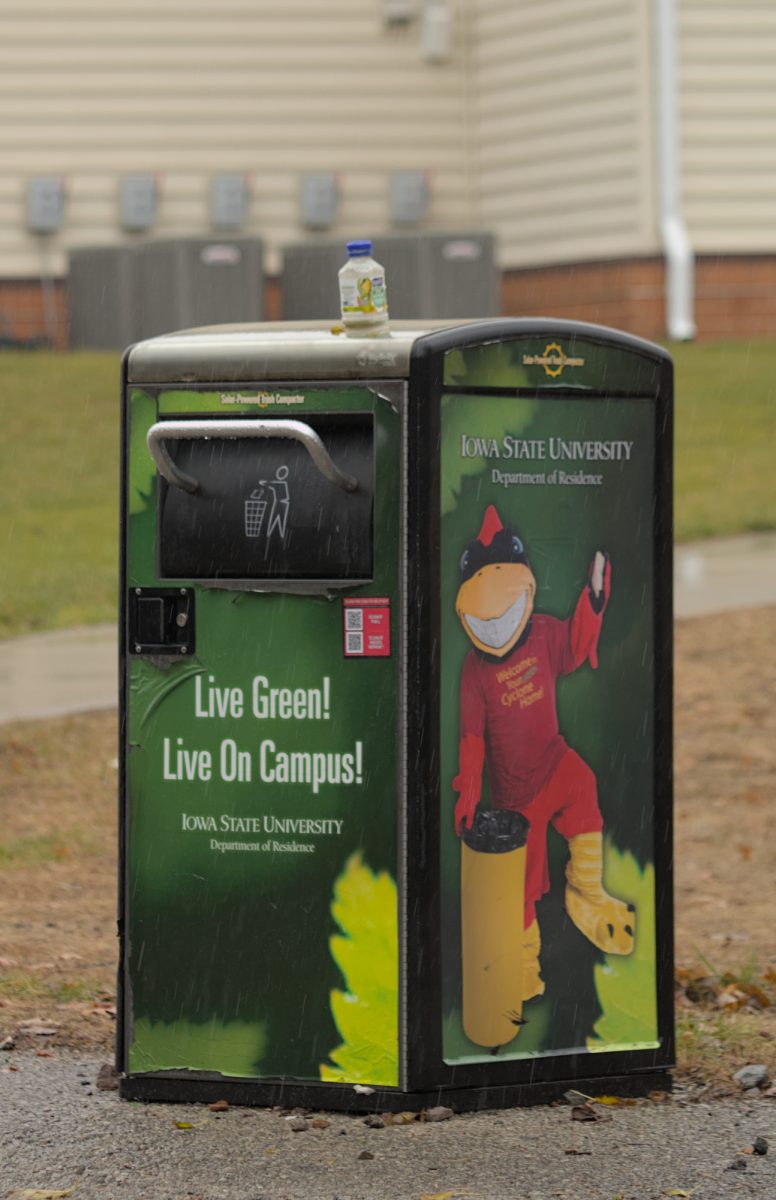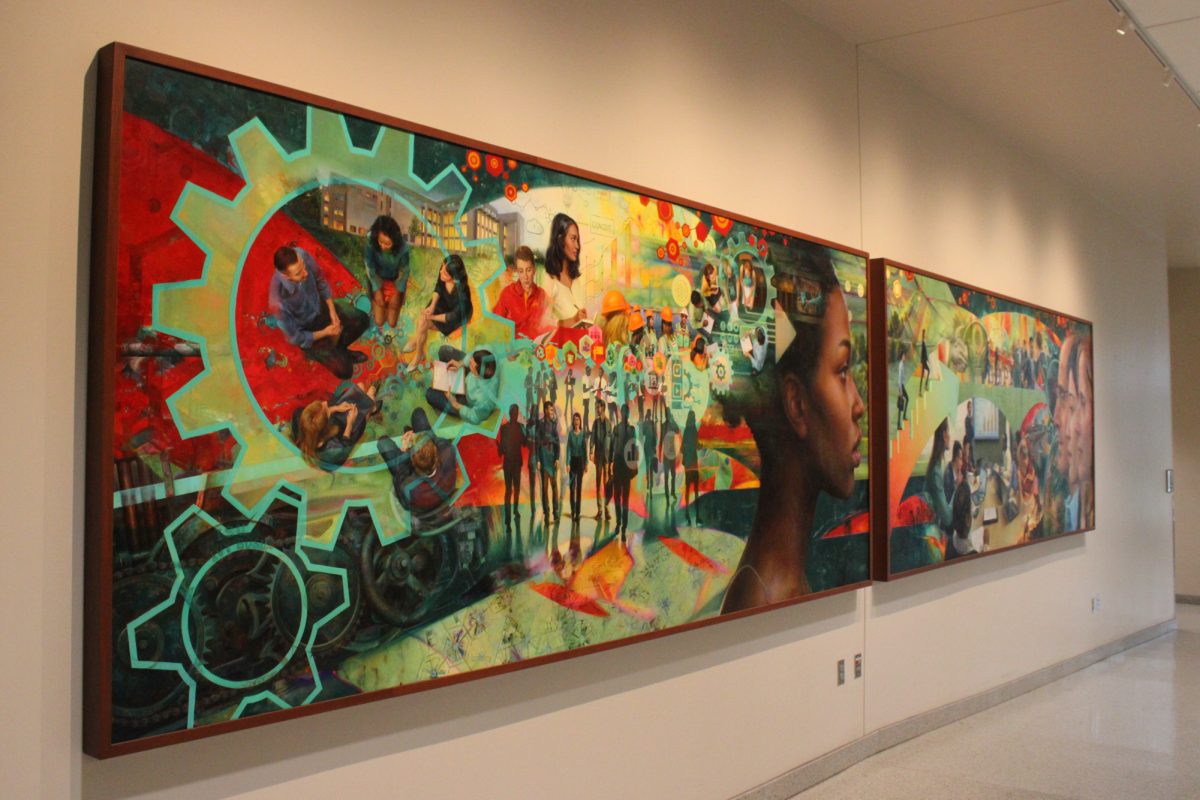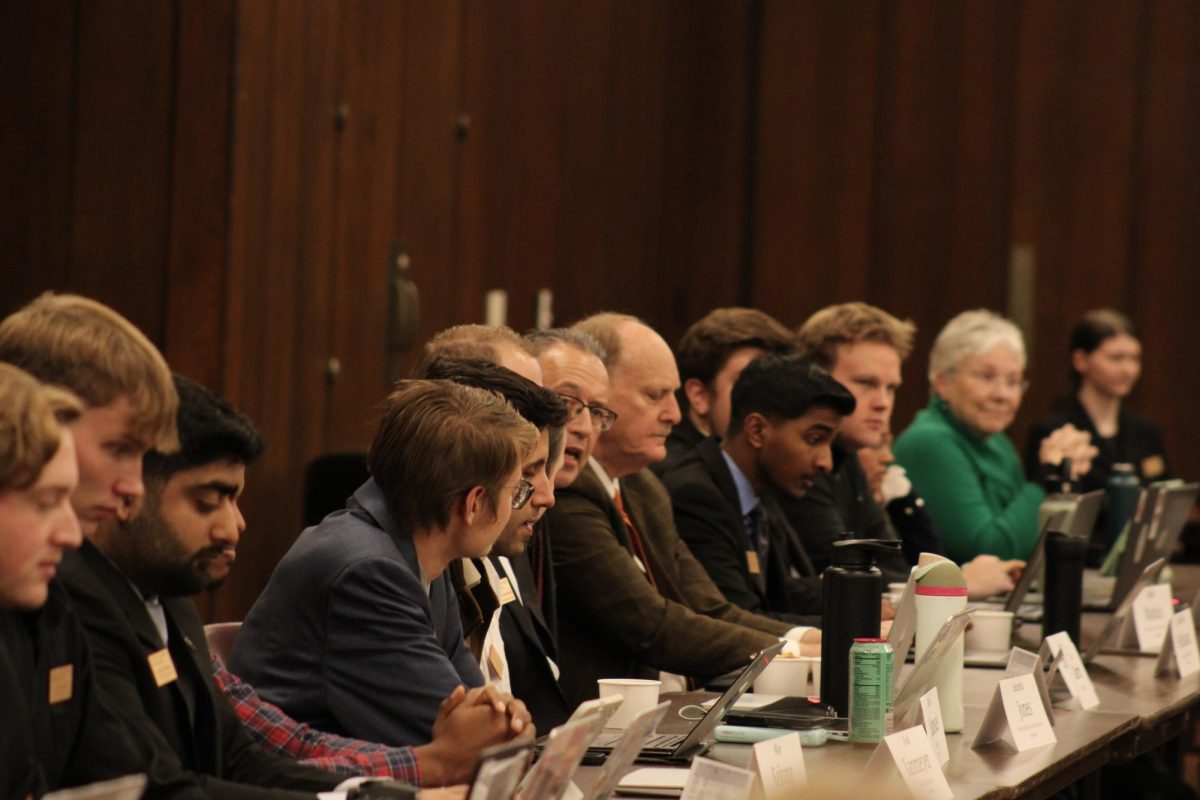Start within
November 19, 1998
Minority enrollment and retention were the topics at the Board of Regents meeting Wednesday.
The regents discussed many possible reasons as to why enrollment and retention numbers for minorities at Iowa universities are low.
Does there need to be better recruitment and financial aid opportunities for minorities?
Does there need to be partnerships built with elementary, junior high and high schools so students think about college earlier?
Why is it that black undergraduates are less likely to graduate than any other group at the U of I?
There are a number of factors that contribute to the low minority enrollment and retention numbers.
One of the most important factors that attracts and keeps minority students at Iowa universities is the environment.
Students have to feel comfortable in their surroundings and have things around them that they can relate to and familiarize with. If there aren’t any, then it can lead students to feel isolated, alone and unwanted.
Iowa State provides minority students with resources and programs to help them adjust to college life in a predominately white culture, such as Minority Student Affairs, the LEAD Program, learning communities, Carver Academy and ethnic alliances.
The environment of these organizations may welcome minority students, but what counts is the environment they experience when they step outside the meeting doors.
When addressing minority enrollment and retention, university administrators should look at the university environment as a whole.
The problem will not be solved if universities continue to look at the issue as a game of getting the most minority programs or financial aid.
The universities will have to look within their institutions’ environments. Is it a type of environment that is marketable to minority students?
Starting with goods and services targeted toward minority students would help, but those are just material things.
Starting with the students that make up the majority of the campus environment is where administrators can make a difference.
Because when minority students walk out of a BSA meeting, it’s the environment outside the meeting doors that determines their futures at the university.






